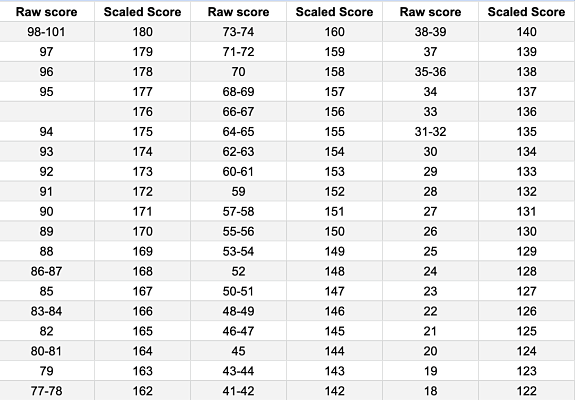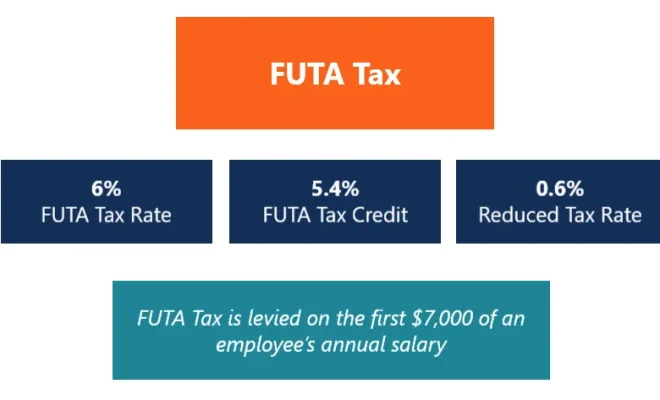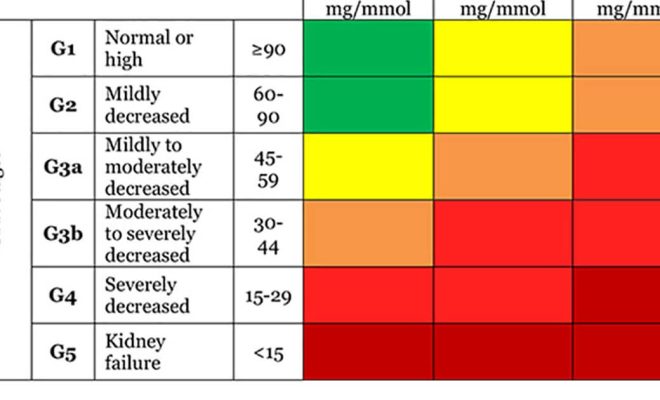How to calculate lsat score

The Law School Admission Test (LSAT) is a standardized test designed to evaluate the critical thinking, logical reasoning, reading comprehension, and writing skills required for success in law school. If you’re considering a legal career, understanding how to calculate your LSAT score can be beneficial to your law school application process. In this article, we’ll explain how to calculate your LSAT score and provide tips on how to achieve the best possible outcome.
1. Understand the basics of the LSAT scoring system
The LSAT is divided into four scored sections and an unscored writing section. The four scored sections include one Reading Comprehension section, one Analytical Reasoning section, and two Logical Reasoning sections. These sections consist of approximately 100 questions in total.
Raw scores are calculated simply by tallying the number of correct answers without any penalty for incorrect answers. The maximum raw score is around 100-103, which will vary based on the exact number of questions on a specific test administration.
2. Convert your raw score to a scaled score
LSAT scores are reported on a scaled range of 120 to 180. This conversion is done using an equating process that accounts for differences in difficulty between various test forms while ensuring that all test-takers receive comparable scores.
To convert your raw score (the number of correct answers you provided) to a scaled score, you will need the conversion chart provided by Law School Admission Council (LSAC) for your specific test administration. This chart indicates how each raw score maps onto the scaled 120-180 range. It’s important to note that these conversion charts might differ slightly between administrations due to variations in question difficulty.
3. Calculate your percentile rank
Your percentile rank indicates how well you performed relative to other test-takers during the same testing period. For example, if you have a percentile rank of 90, it means you scored better than 90% of all test-takers during that time. LSAC provides percentile rankings alongside your scaled score report.
4. Understand your margin of error
LSAT scores, like those of many standardized tests, are not perfectly precise. Each score has a margin of error, usually around +/- 3 points. This means that if you were to take the LSAT multiple times under similar conditions, your actual performance might be somewhat higher or lower than the number on your score report.
5. Analyze your performance to improve
Lastly, take time to analyze your performance and identify areas for improvement. Pay close attention to which types of questions and passages you consistently struggle with and dedicate time and resources to mastering those specific skills.
Remember, practice is key – the more familiar you become with the test structure and question types, the better prepared you will be for the actual LSAT.
In conclusion, understanding how to calculate your LSAT score is essential for prospective law students. By carefully analyzing your performance and developing a targeted study plan, you can increase your chances of achieving a high LSAT score and gaining admission to your dream law school.
Remember, practice is key – the more familiar you become with the test structure and question types, the better prepared you will be for the actual LSAT. Taking an LSAT prep course can also help you get more comfortable with the LSAT and improve your score.






